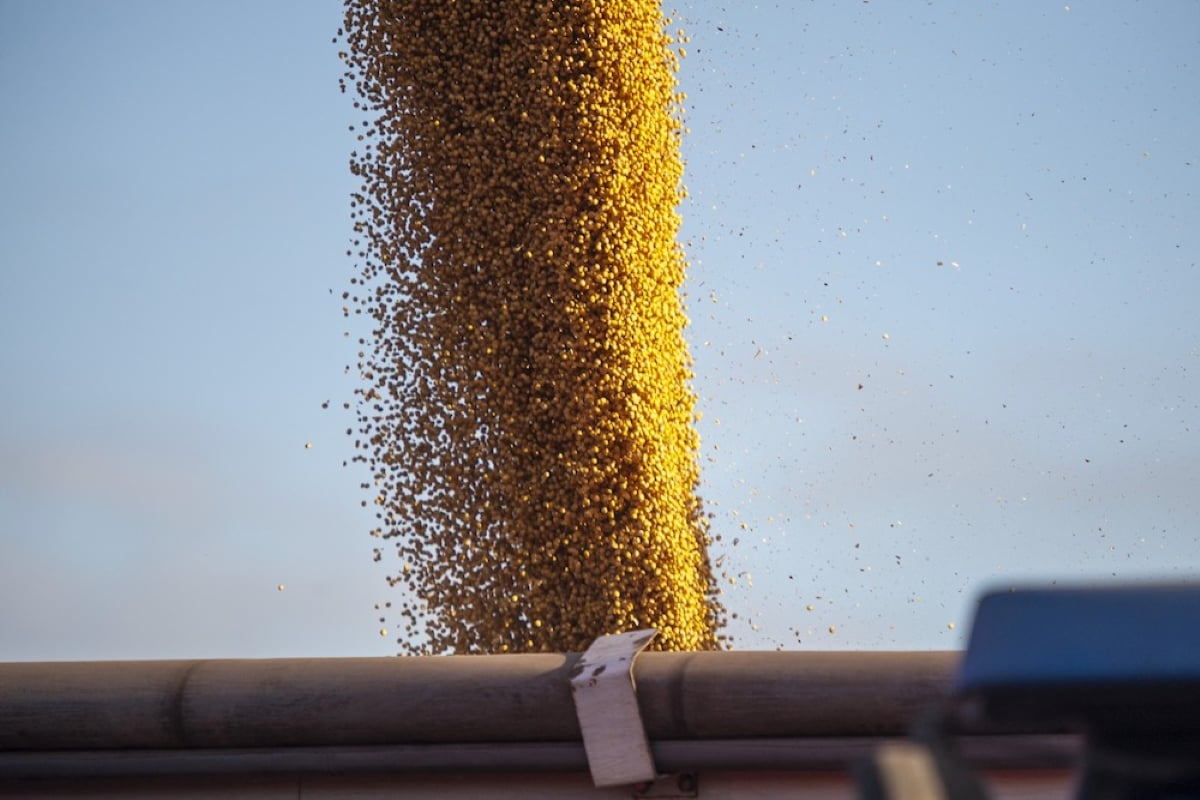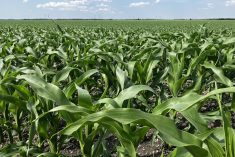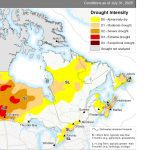Winnipeg — CBOT corn and soybeans both suffered heavy losses during the week ended Aug. 12, as a supply and demand survey by the USDA projected better-than-expected results.
The report pegged U.S. corn output at 13.686 billion bushels while soybean output was pegged at 3.916 billion bu. Both numbers were larger than estimates made by analysts heading into the report.
“It got ugly, the yields the (United States Department of Agriculture) gave us were a lot larger than the trade had been anticipating,” said Brian Rydlund, a market analyst with CHS Hedging in St. Paul, Minnesota.
Read Also

China says ‘rampant’ U.S. protectionism threatens agricultural ties
U.S. protectionism is undermining agricultural cooperation with China, Beijing’s ambassador to Washington said, warning that farmers should not bear the price of the trade war between the world’s two largest economies.
The most-active November soybean contract actually crept as low as US$9.01 per bu. at one point, a far cry from the $10 range it was sitting at just a month ago.
The CBOT corn contract was more muted in its descent, but still managed to push the most-active December contract to US$3.68 a bu.
Rydlund says the question now is whether the steep plunge will be followed by a sharp, corrective rise.
“I wouldn’t be surprised to see a correction higher tomorrow,” said Rydlund.
Technically speaking, he said the market looks poised to bounce even though there may not be a solid reason to do so.
Economic volatility within the Chinese currency was also bearish for values, according to analysts. On Aug 11 – 12 the Chinese government allowed its national currency, the yuan, to depreciate in value, which sent commodity-based stock markets around the world reeling.
“The equity nervousness we’ve had, because of what’s going on in China, certainly plays into this (downward plunge of corn and soybeans) too,” he added.
Rydlund noted some farmers and other stakeholders in the eastern Midwest don’t buy the downward revision, stressing the crops look OK to them.
“Some folks out east say we’ve walked these fields and we don’t think these numbers are right but it’s the government and these are the numbers we have to us,” he said.
















